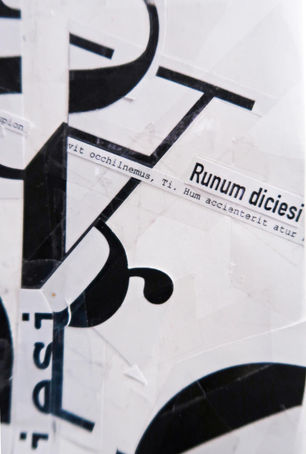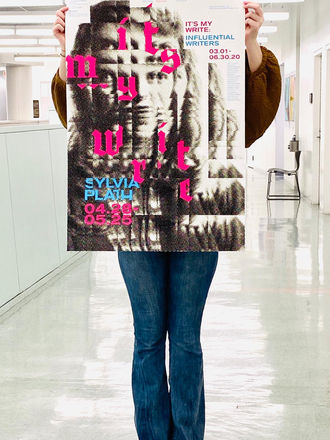Senior Lecturer
Department of Architecture
BRAC University, Bangladesh
2007 - 2012
Visiting Erusmus Faculty
University of Evora, Portugal
School of Arts and Design,
2011
Adjunct Instructor
School of Design, CADA,
University of Illinois at Chicago, USA
2013 - 2014
Adjunct Assistant Professor
School of Design
University of Cincinnati, College of DAAP
2019 - till date
Short Statement //
A good design teacher is often a facilitator of great conversations and ideas.
He does not only see whether the assignments are done or not but find unconventional ways to communicate and experiment to find improvements in every students’ work. He is also aware of the challenges that lie outside in the real world in this highly technology driven, pragmatic society. Therefore, a good design teacher prepares as a good designer to be observant as well, and to serve his community so the student engages with civic duties. According to students of Alvin Eisenman, the founder of first graduate program design in the United States, believed in the scholarship of design education, enabling students to believe in their intellect to perform civic duties through the practice of design. After all, a good design teacher’s fondest wish to simply inspire good things in a student and in the process become a better designer. A good design teacher never forgets what is like to be a student. I am a teacher who tries to be self-reflective, prepared and organized. I outline the objectives of the teaching material, conveys the value of the outcomes and provides relevance of the discussed matter by providing scholarship.
Often, I hesitated and avoided by not giving a direct answer to a design question (a ‘solution’) that students should rather “find” him/herself (and celebrate the joy of discovering), rather than “searching” for an ‘pre-determined’ answer.
Images (below):
Design is all about its process, engagement and intent. We have had an exciting opening day of in-class design workshop series for our Sophomore Typography II students in Communication Design program at DAAP, University of Cincinnati. Experiments with excitement were created, students had their peer group-brainstorming sessions while developing concepts and they all were fused with form-making and abstract compositions. I always detest my teaching studios to be sterile and tidy — rather I delve further to let students engage in collaborations, activate dialogue, and perhaps, some debate too — I love to infect the studio with tremendous zeal.
To find connection among disparate forms the students look through various apertures, exhausted the possibilities using anything and everything available in the studio: papers to fabric, vellum and paints, tapes and threads, napkins and aluminium foil papers, played with water and bubbles, and even met their new friends: convex and concave transparent surfaces. Eventually, one experimental production guided them to explore more by adding extra physical layers of forms. Students used their body, acute perspectives, tapestry of lights and what not.
They used everything, but again, no computers.








